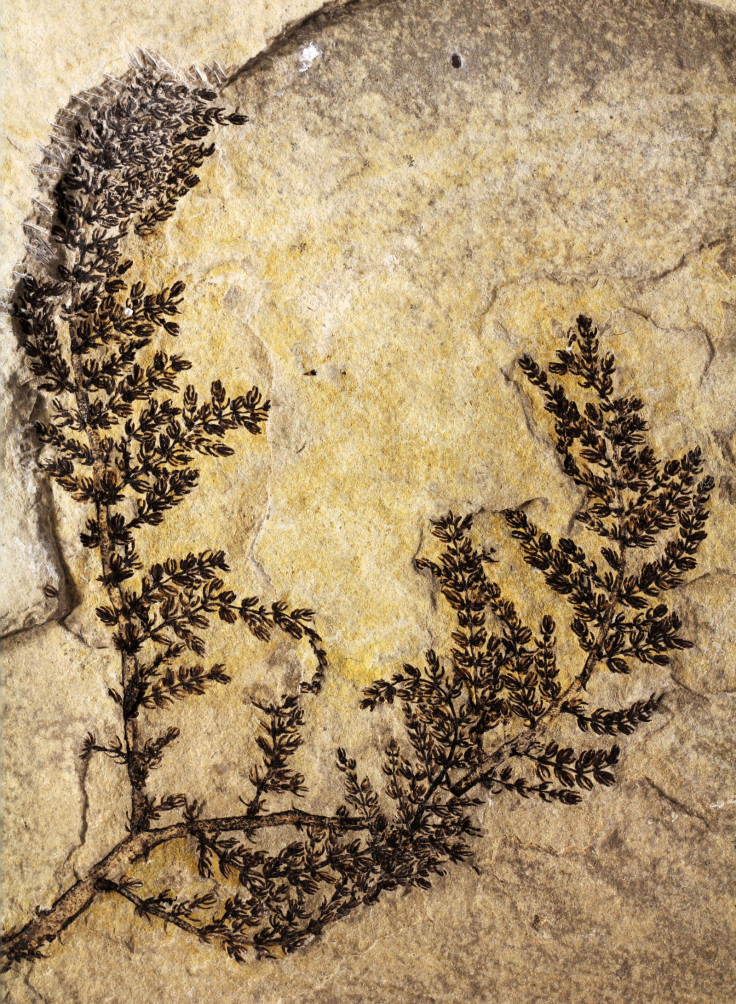Mythical 'first flower' potentially discovered to be 130 million-year-old Montsechia vidalii

What could be Earth's first-ever flower has been discovered by scientists in Spain, who identified an aquatic flowering freshwater plant that lived up to 130 million years ago. Montsechia vidalii was first identified over 100 years ago in limestone deposits in the Iberian Range in central Spain and in the Montsec Range of the Pyrenees, but only now have paleobotonists been able to identify it as one of the earliest flowering plants on the planet.
Published in the journal PNAS, the researchers analysed the morphology, anatomy and reproductive structures of over 1,000 fossilised Montsechia vidalii specimens. Lead author David Dilcher, from Indiana University, said: "This discovery raises significant questions about the early evolutionary history of flowering plants, as well as the role of these plants in the evolution of other plant and animal life. A 'first flower' is technically a myth, like the 'first human'."
Researchers said the plant probably lived and reproduced below the surface of the water and that they were commonplace in the early evolution of flowering plants. Authors believe their aquatic lifestyles could have allowed for the diversification of other flowering plants.

In terms of appearance, the researchers say it would have looked like its most modern descendent – Ceratophyllum, also known as coontails or hornworts. These dark green aquatic plants have coarse leaves and are a popular decoration in modern aquariums. "Montsechia possesses no obvious 'flower parts', such as petals or nectar-producing structures for attracting insects, and lives out its entire life cycle under water," Dilcher said. "The fruit contains a single seed, which is borne upside down."
Previously, the oldest flowering plant was thought to be Archaefructus sinensis, an aquatic plant found in China. However, the latest analysis means the Spanish plant predates this species: "Based on this new analysis, we know now that Montsechia is contemporaneous, if not more ancient, than Archaefructus," Dilcher said. The age of the plant means it would have lived alongside dinosaurs like brachiosaurus and iguanodon.
"There's still much to be discovered about how a few early species of seed-bearing plants eventually gave rise to the enormous, and beautiful, variety of flowers that now populate nearly every environment on Earth."
© Copyright IBTimes 2024. All rights reserved.






